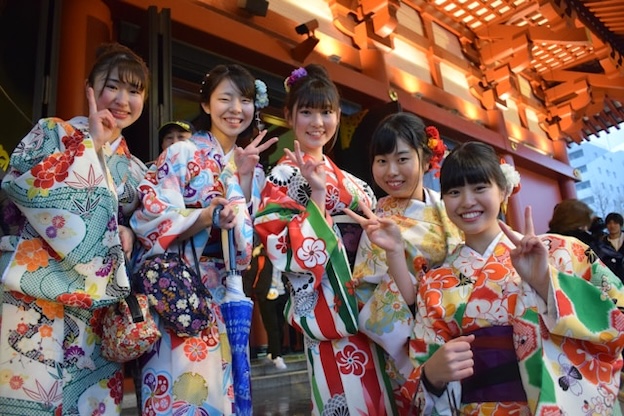
Beyond Textbooks: The Fascinating World of Japanese Dialects and Slang
Share this article
When learning Japanese, most students focus on standard Japanese (標準語, hyōjungo) – the dialect spoken in Tokyo and taught in textbooks. However, Japan is home to a rich tapestry of regional dialects (方言, hōgen) that reflect the unique histories and cultures of different regions.

Major Regional Dialects
Kansai-ben (関西弁), spoken in Osaka, Kyoto, and surrounding areas, is perhaps the most famous dialect in Japan. Known for its distinctive intonation, unique vocabulary, and more direct conversational style, Kansai-ben is often featured in comedy and entertainment. For example, while standard Japanese uses 'いいえ' (iie) for 'no,' Kansai speakers might say 'ちゃう' (chau) or 'ちゃいます' (chaimasu).
Tohoku-ben (東北弁), spoken in northeastern Japan, is characterized by its softer consonants and extended vowels. It can be particularly challenging for language learners as local speakers often reduce or blend certain sounds. The dialect varies considerably even within the Tohoku region itself.
Hakata-ben (博多弁), spoken in Fukuoka and across Kyushu, is notable for its rapid speech patterns and unique vocabulary. It often uses ~と (-to) or ~たい (-tai) at the end of sentences where standard Japanese would use です/ます (desu/masu).
Practical Benefits of Understanding Dialects
Understanding regional dialects offers several advantages for those planning to live or work in Japan. It demonstrates cultural awareness and can help build deeper connections with locals. It improves your ability to understand different accents and expressions you'll encounter outside of formal settings. For anyone planning to work in customer service or hospitality, recognizing regional speech patterns is particularly valuable.
At Momiji Academy, we include dialect awareness in our advanced courses, introducing common expressions and speech patterns from major regional dialects. This preparation is especially helpful for students planning to work in areas outside of Tokyo.
Modern Japanese Slang
Beyond regional dialects, modern Japanese is constantly evolving with new slang expressions, particularly among young people. Terms like 'KY' (空気読めない - someone who can't read the social atmosphere), 'maji' (マジ - really/seriously), and 'yabai' (ヤバイ - which can mean terrible or amazing, depending on context) are essential for natural conversation but rarely taught in formal Japanese classes.
Internet and social media have also contributed to the development of new expressions and abbreviations that have entered everyday speech, particularly among younger generations.
Tips for Learning Dialects and Slang
Focus on mastering standard Japanese first, then gradually expose yourself to major dialects. Watch regional Japanese TV shows, movies, or YouTube channels that feature authentic local speech. Practice with language exchange partners from different regions of Japan. Be aware of context – some dialect expressions might be considered too casual or inappropriate in formal settings.
Remember that using dialects as a foreigner will often be received positively as it shows your deep interest in Japanese culture, but it's important to understand the appropriate contexts for different speech styles.